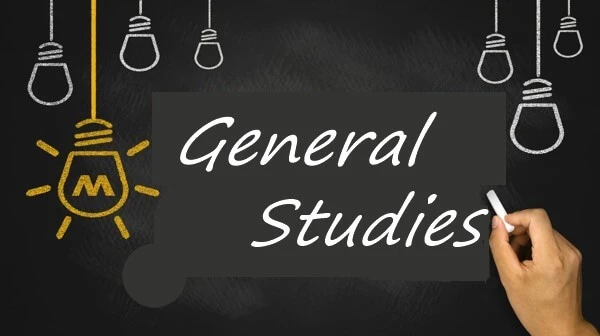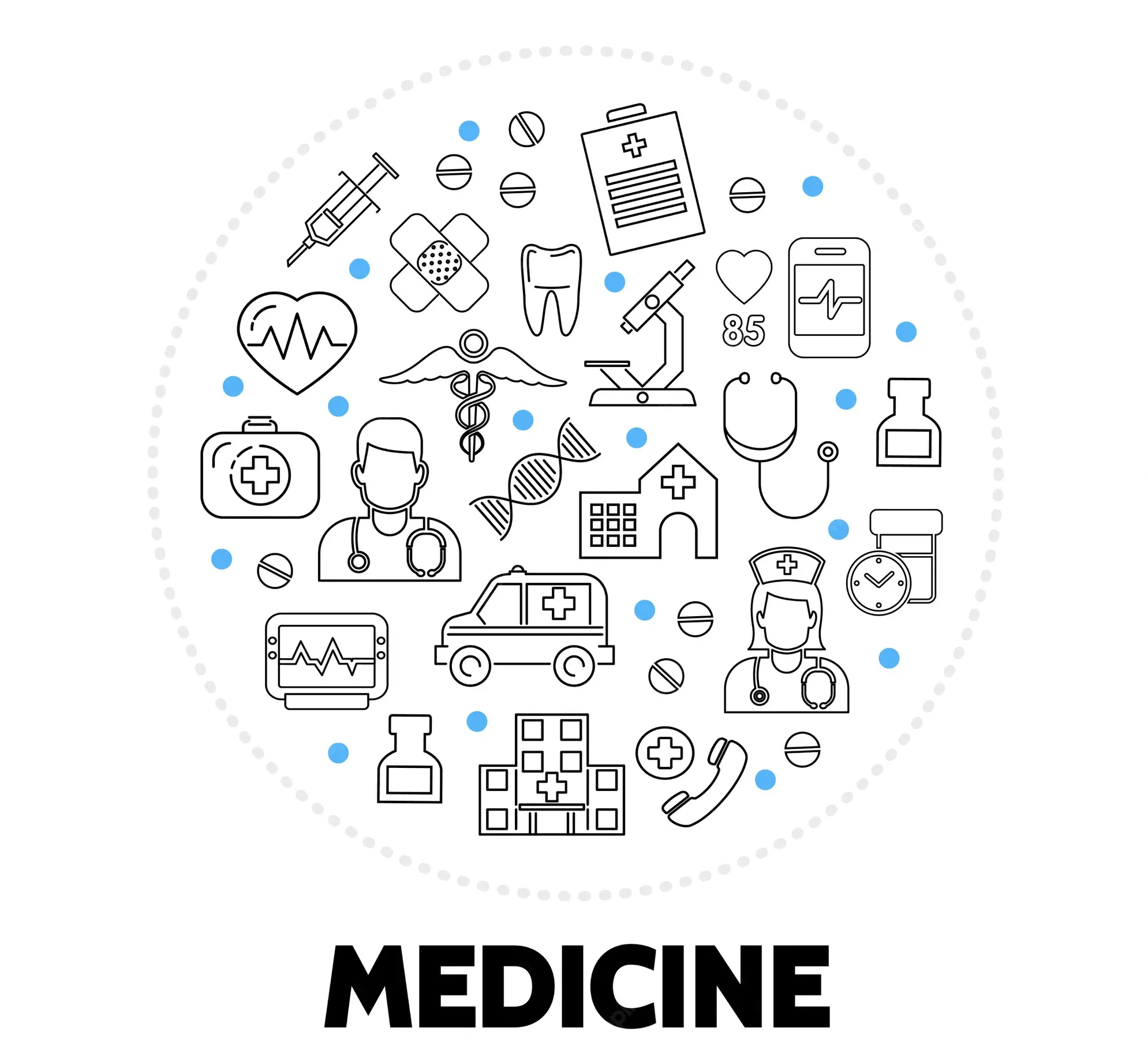Electrovalent Bonding Books
The Science and Engineering of Materials ,Seventh Edition
Author: Donald Askeland, Wendelin Wright
School: Federal University of Technology, Owerri
Department: Engineering
Course Code: ENG207, ENG208
Topics: Materials Design, Atomic Structure, Atomic Bonding, interatomic spacing, amorphous materials, lattice, basis, unit cells, crystal structure, Allotropic Transformation, Polymorphic Transformation, Crystal Structures, unit cell, Covalent Structures, diffusion, Fick’s Law, Mechanical Properties, Tensile Test, stress, strain, Nanoindentation, Fracture Mechanics, Fatigue, Fatigue Test, creep, rupture, stress corrosion, Strain Hardening, Annealing, Hot Working, Nucleation, cooling curves, cast structure, casting, Directional Solidification, Single Crystal Growth, Epitaxial Growth, Phase Diagram, Phase Equilibrium, Dispersion Strengthening, Eutectic Phase Diagrams, Eutectoid Reaction, Martensitic Reaction, Tempering, Nonferrous Alloys, Glass-Ceramics, Polymers, Polymerization, Thermoplastics, elastomers, rubbers, adhesives, Composites, Particulate Composites, Fiber-Reinforced Composites, plywood, concrete, asphalt, Electronic Materials, semiconductors, insulators, Electrostriction, Piezoelectricity, Ferroelectricity, Magnetic Materials, Magnetization
Author: Robert Neuman
School: University of Ilorin
Department: Science and Technology
Course Code: CHM112, CHM116, CHM235
Topics: organic molecules, chemical bonding, alkanes, cycloalkanes, alcohol, ether, amine, sterochemistry, organic spectrometry, multiple bonds, conjugation, electronic effect, Carbonyl Group, oxidation reaction, reduction reaction, carbohydrate, lipid, peptide, protein, amino acid, nucleic acid, bioorganic compound
Basic Principles of Inorganic Chemistry Lecture note
Author: Onyeuka Bright Chimezie
School: University of Nigeria, Nsukka
Department: Medical, Pharmaceutical and Health science
Course Code: CHM101
Topics: Inorganic Chemistry, Stoichiometry, Atomic Structure, Cathode Ray Tube Experiment, Nuclear Reaction, Mass Spectrometer, Isotopes, Quantum Theory, Wave Mechanics, Chemical Bonding, Hybridization, Periodicity, Properties of Elements
The science and engineering of materials Instructors‘ Solution Manual, Fourth Edition
Author: Frank Askeland, Pradeep Phulé, Gregory Lea
School: Federal University of Technology, Owerri
Department: Engineering
Course Code: ENG207, ENG208
Topics: Materials Design, Atomic Structure, Atomic Bonding, interatomic spacing, amorphous materials, lattice, basis, unit cells, crystal structure, Allotropic Transformation, Polymorphic Transformation, Crystal Structures, unit cell, Covalent Structures, diffusion, Fick’s Law, Mechanical Properties, Tensile Test, stress, strain, Nanoindentation, Fracture Mechanics, Fatigue, Fatigue Test, creep, rupture, stress corrosion, Strain Hardening, Annealing, Hot Working, Nucleation, cooling curves, cast structure, casting, Directional Solidification, Single Crystal Growth, Epitaxial Growth, Phase Diagram, Phase Equilibrium, Dispersion Strengthening, Eutectic Phase Diagrams, Eutectoid Reaction, Martensitic Reaction, Tempering, Nonferrous Alloys, Glass-Ceramics, Polymers, Polymerization, Thermoplastics, elastomers, rubbers, adhesives, Composites, Particulate Composites, Fiber-Reinforced Composites, plywood, concrete, asphalt, Electronic Materials, semiconductors, insulators, Electrostriction, Piezoelectricity, Ferroelectricity, Magnetic Materials, Magnetization
Author: Steven Zumdahl, Susan Zumdahl, Donald DeCoste
School: University of Ibadan
Department: Science and Technology
Course Code: CHE127, CHE157, CHE177, CHE257, CHE327, CHE428
Topics: Atom, Molecule, Ion, Stoichiometry, chemical reaction, gas, thermochemistry, atomic structure, periodicity, bonding, covalent bond, orbital, liquid, solid, solution, chemical kinetics, chemical equilibrium, acid, base, acid-base equilibria, solubility, Complex Ion Equilibria, Spontaneity, Entropy, Free Energy, Electrochemistry, Nucleus, Representative Element, transition metal, coordination chemistry, organic molecule, biological molecule, Dalton’s Atomic Theory, Periodic Table, Atomic Mass, mole, molar mass, chemical equation, stochiometric calculation, Precipitation Reaction, acid-base reaction, oxidation-reduction reaction, gas law
Author: Robert thornton morrison, Robert Neilson Boyd
School: University of Ibadan
Department: Science and Technology
Course Code: CHE276
Topics: Organic Chemistry, chemical bond, quantum mechanics, atomic orbitals, electronic configuration, Pauli exclusion principle, molecular orbitals, covalent bond, hybrid orbitals, intramolecular forces, bond dissociation energy, homolysis, heterolysis, bonds polarity, melting point, intermolecular force, boiling point, solubility, acids, bases, isomerism, activation energy, hydrocarbons, methane structure, oxidation, heat of combustion, chlorination control, relative reactivity, reaction mechanisms, chlorination, free radicals, chain reactions inhibitors, transition state, molecular formula, chlorofluorocarbons, qualitative elemental analysis, quantitative elemental analysis, Alkene, free-radical substitution, ethane structure, Higher alkanes, alkyl groups, industrial source, Grignard reagent, halogenation, free radical stability, combustion, greenhouse effect, pyrolysis, cracking, alkane analysis, stereochemistry, stereoisomers, isomer number, tetrahedral carbon, optical activity, plane-polarized light, polarimeter, specific rotation, enantiomerism, chirality, chiral center, enantiomers, racemic modification, Diastereomers, meso structures, conformational isomers, optical purity, Alkyl halides, Nucleophilic aliphatic substitution, homolytic chemistry, heterolytic chemistry, Carbocations, Carbocations structure, alkyl halides analysis, alcohols, ethers, alcohol nomenclature, carbohydrates fermentation, Ethanol, alcohol preparation, alcohol reaction, alcohol oxidation, ethers preparation, Secondary Bonding, carbon-carbon double bond, Unsaturated hydrocarbon, ethylene structure, Propylene, Hybridization, orbital size, butylene, Geometric isomerism, alcohol dehydration, alkene reaction, hydrogen bromide addition, Hydrogenation, Electrophilic addition, Oxymercuration-demercuration, Hydroboration-oxidation, Alkene Free-radical polymerization, allylic Nucleophilic substitution, dienes, isoprene, isoprene rule, acetylene, Cyclic Aliphatic Compounds, cyclic compound stereoisomerism, cyclic ether, crown ethers, aromaticity, Benzene, aliphatic compounds, aromatic compounds, benzene structure, Kekule structure, Benzene ring, aromatic character, polynuclear aromatic hydrocarbons, Naphthalene, Quantitative elemental analysis, Electrophilic Aromatic Substitution, Friedel-Crafts alkylation mechanism, naphthalene electrophilic substitution, Aromatic-Aliphatic Compounds, Arenes, Spectroscopy, mass spectrum, electromagnetic spectrum, nuclear magnetic resonance spectrum, coupling consonants, chemical shift, aldehydes, ketones, Cannizaro reaction, Grignard reagents addition, Tetrahydropyranyl ethers, Iodoform test, Carboxylic Acids, Grignard synthesis, Dicarboxylic acids, acid chlorides, acid anhydrides, amides, esters, Transesterification, Aldol condensation, Wittig reaction, Crossed Claisen condensation, halides, ammonolysis, amide Hofmann degradation, Heterocyclic amines
Essentials of physical chemistry
Author: Arun Bhal, BS Bahl, GD Tuli
School: University of Ilorin
Department: Science and Technology
Course Code: CHM212
Topics: atom, isotope, isobar, atom-classical mechanics, atom-wave mechanical approach, nuclear chemistry, chemical bonding, thermodynamics, gaseous state, liquid state, solid state, chemical constitution, solutions, dilute solutions, osmosis, osmotic pressure, chemical equilibrium, distribution law, phase rule, chemical kinetics, catalysis, colloids, adsorption, electrolysis, electrical conductance, electrolytic dissociation, ionic equilibria-solubility product, acid, base, salt hydrolysis, electromotive force, photo chemistry, SI Units, mathematical concepts
Principles and Reactions, Seventh Edition
Author: William Masterton, Cecile Hurley, Edward Neth
School: University of Ilorin
Department: Science and Technology
Course Code: CHM101
Topics: Matter, Measurement, Atom, Molecule, Ion, Stoichiometry, Reactions in Aqueous Solution, Gas, Electronic Structure, Periodic Table, Covalent Bonding, Thermochemistry, Liquid, Solid, Solution, Rate of Reaction, Gaseous Chemical Equilibrium, Acid, Base, Equilibria in Acid-Base Solutions, Complex ion, Precipitation Equilibria, Spontaneity of Reaction, Electrochemistry, Nuclear Reactions, Complex Ions, Coordination Compounds, Metal, Nonmetal, Organic Chemistry, Organic Polymers
Concise Inorganic Chemistry, 5th edition
Author: JD Lee
School: University of Ilorin
Department: Science and Technology
Course Code: CHE127, CHE227
Topics: atomic structure, bonding, periodic table, ionic bond, covalent bond, metallic bond, coordination bond, hydrogen, hydride, alkali metal, alkaline earth metal, chalcogen, group 2 element, group 13 element, S-block element, P-block element, group 14 element, group 15 element, group 16 element, halogen, group 17 element, halogen oxide, noble gas, transition element, scandium group, titanium group, vanadium group, chromium group, manganese group, iron group, cobalt group, nickel group, copper group, zinc group, Bohr theory, Pauli exclusion principle, atomic spectra, Hund rule, solubility, conductivity, lattice energy, stochiometric defect, schottky defect, Lewis theory, octet rule, sidgwick-powell theory, VSEPR theory, isoelectronic principle, Heisenberg uncertainty principle, radial function, angular function
Fundamental university organic and inorganic chemistry ,series B
Author: Abass Olajire
School: University of Ilorin
Department: Science and Technology
Course Code: CHM112
Topics: Qualitative analysis, organic compounds, hybridization, organic acids, organic bases, isomerism, organic reactions, isomerism, hydrocarbon chemistry, aliphatic hydrocarbons, alicyclic hydrocarbons, aromatic hydrocarbons, functional group chemistry, alcohol, phenol, ethers, thiols, thioethers, halohydrocarbons, amines, ketones, aldehydes, carboxylic acids, carbohydrate chemistry, amino acids, polypeptides, proteins, lipids, inorganic chemistry, bonding, transition elements, chemical industry, pollution
Departments

Administration, Social and Management science

Agriculture and Veterinary Medicine

Arts and Humanities

Education

Engineering

General studies

Law

Medical, Pharmaceutical and Health science

Science and Technology